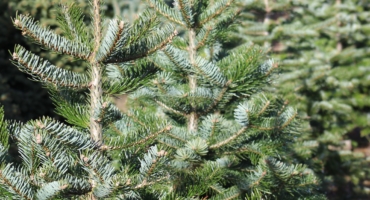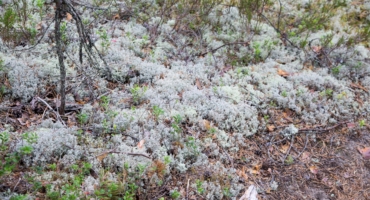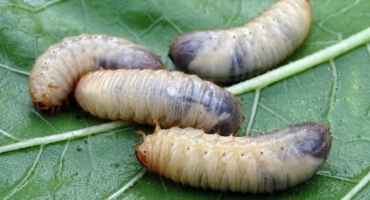Composting
Adding compost to any garden bed will dramatically enhance the fertility, texture and aeration of the soil and feed the billions of critters living in it whose activities create plant nutrients. The process of composting is achieved by combining organic waste such as dead leaves, grass clippings and vegetable scraps which are then broken down […]








